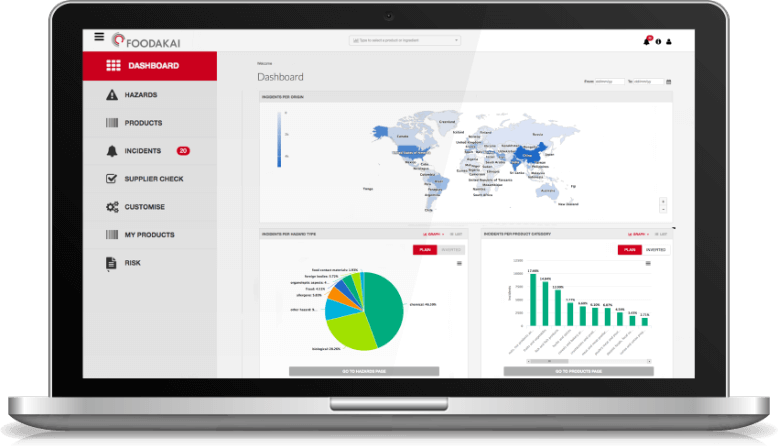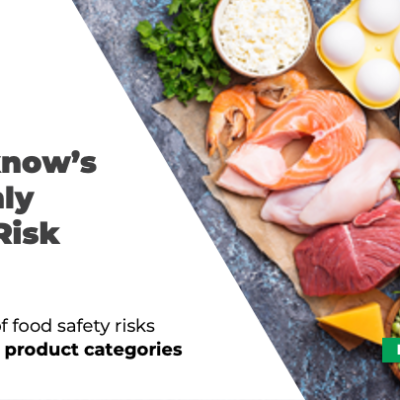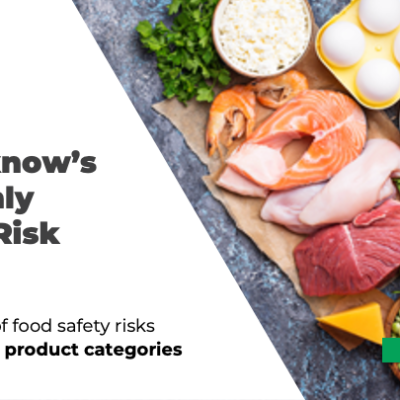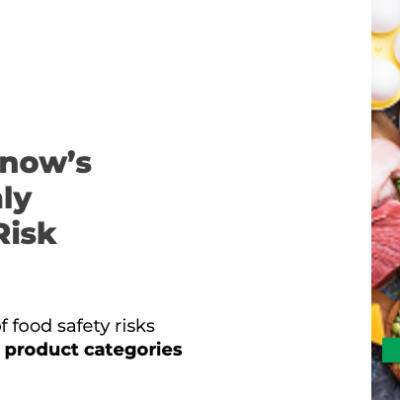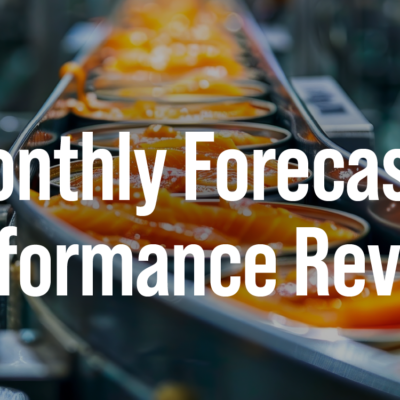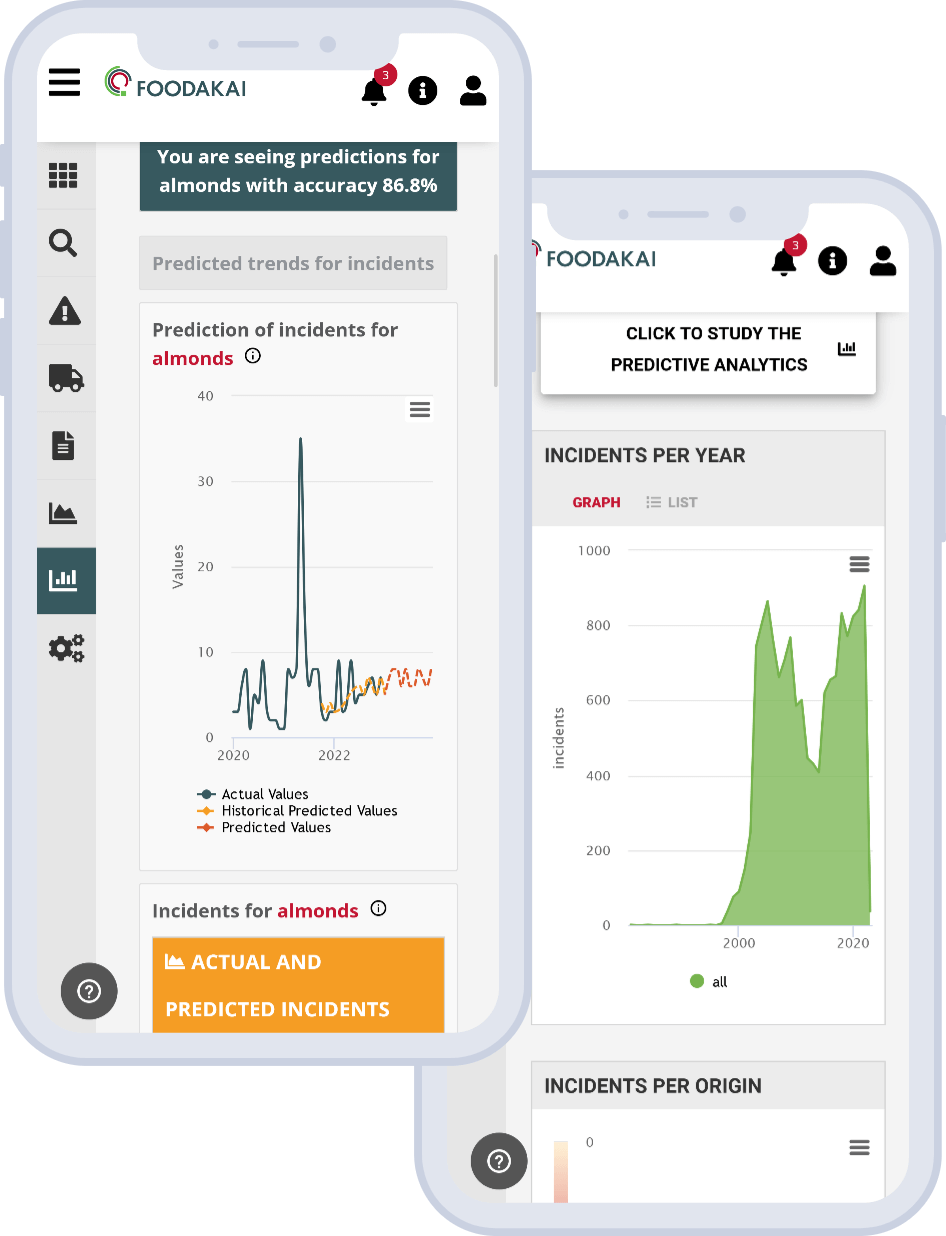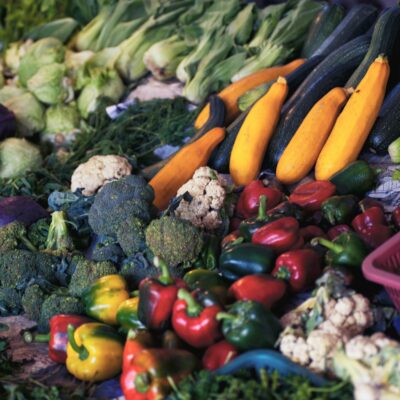
Monthly Food Risk Index – January 2025
Sponsored by Horizon EFRA Project (Extreme Food Risk Analytics)
Sign up for FOODAKAI's freemium plan today and receive all incident alerts in one email.
In an increasingly complex global food system, ensuring the safety of what we eat has never been more critical.
From the farm to the table, food products traverse vast networks, encountering numerous risks that could jeopardize consumer health and brand integrity.
Agroknow’s Monthly Food Risk Index emerges as a powerful tool to shed light on these challenges.
This index delivers a comprehensive snapshot of food safety risks across 11 key product categories—Juices, Dairy, Meat & Poultry, Vegetables, Eggs, Nuts, Hot Beverages, Oils & Fat, Fish & Seafood, Fruits, and Cereals.
The Food Risk Index can span between 0 and 15 and is calculated by combining two key factors:
- Hazard Severity: The potential health impact of a hazard, ranked from 1 (minor) to 3 (severe), based on classifications from authoritative bodies like the FDA.
- Probability: The likelihood of a hazard occurring, determined by the frequency of food safety incidents relative to all reported cases for a given ingredient or product.
By analyzing recent incidents and historical trends, it offers actionable insights that help stakeholders stay ahead of potential hazards.
January 2025 - Overview of findings in all categories
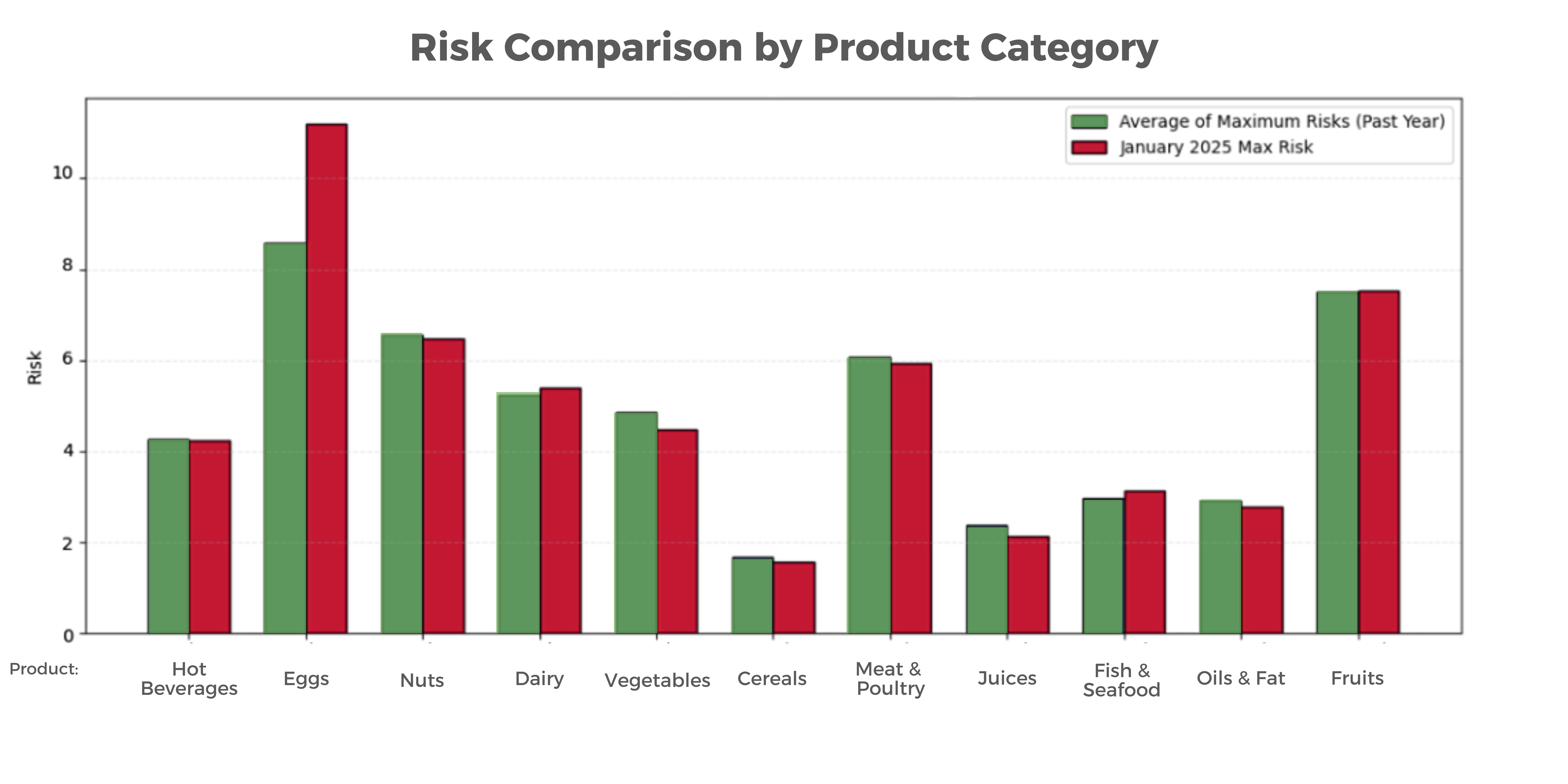
The risk comparison for January 2025 reveals a persistent trend from the previous months, with eggs once again recording the highest risk level among all categories. The risk value for eggs has not only maintained its elevated position but has further increased, significantly surpassing the historical average.
This consistent pattern of high risk continues to be driven by Salmonella contamination, with past incidents highlighting challenges related to biosecurity practices, production hygiene, and supply chain vulnerabilities. The recurrence of this issue over several months suggests that existing control measures might be insufficient and require reevaluation and reinforcement.
While the prominence of the Eggs category is not surprising given the ongoing Salmonella concerns, the Fruits category has now firmly established itself as the second-highest risk.
In January 2025, fruits continue to show a high and consistent risk level, remaining close to the historical maximum observed in previous years. This sustained elevation in risk values signals a potential systemic issue that warrants closer attention.
Unlike other categories that display stable or declining trends compared to past averages, fruits stand out as a growing area of concern. The data suggests that hazards affecting this category have remained persistent, despite efforts to enhance food safety standards in recent years.
The high-risk position of fruits, just behind eggs, shifts the focus toward understanding the nature of these hazards and the potential underlying causes driving this trend. In the following sections, we will explore the key risk factors contributing to the elevated risk in fruits and discuss the necessary steps to mitigate these concerns and protect consumer health.
Specific Hazards in the Fruits Category: Spotlight on Pesticides
The elevated risk observed in the Fruits category for January 2025 can be attributed predominantly to pesticide-related hazards. As illustrated in the chart, pesticides overwhelmingly dominate the risk landscape, with a risk value significantly higher than any other identified hazard. This finding signals a pressing concern regarding pesticide contamination in fruit products, demanding increased vigilance across the supply chain.
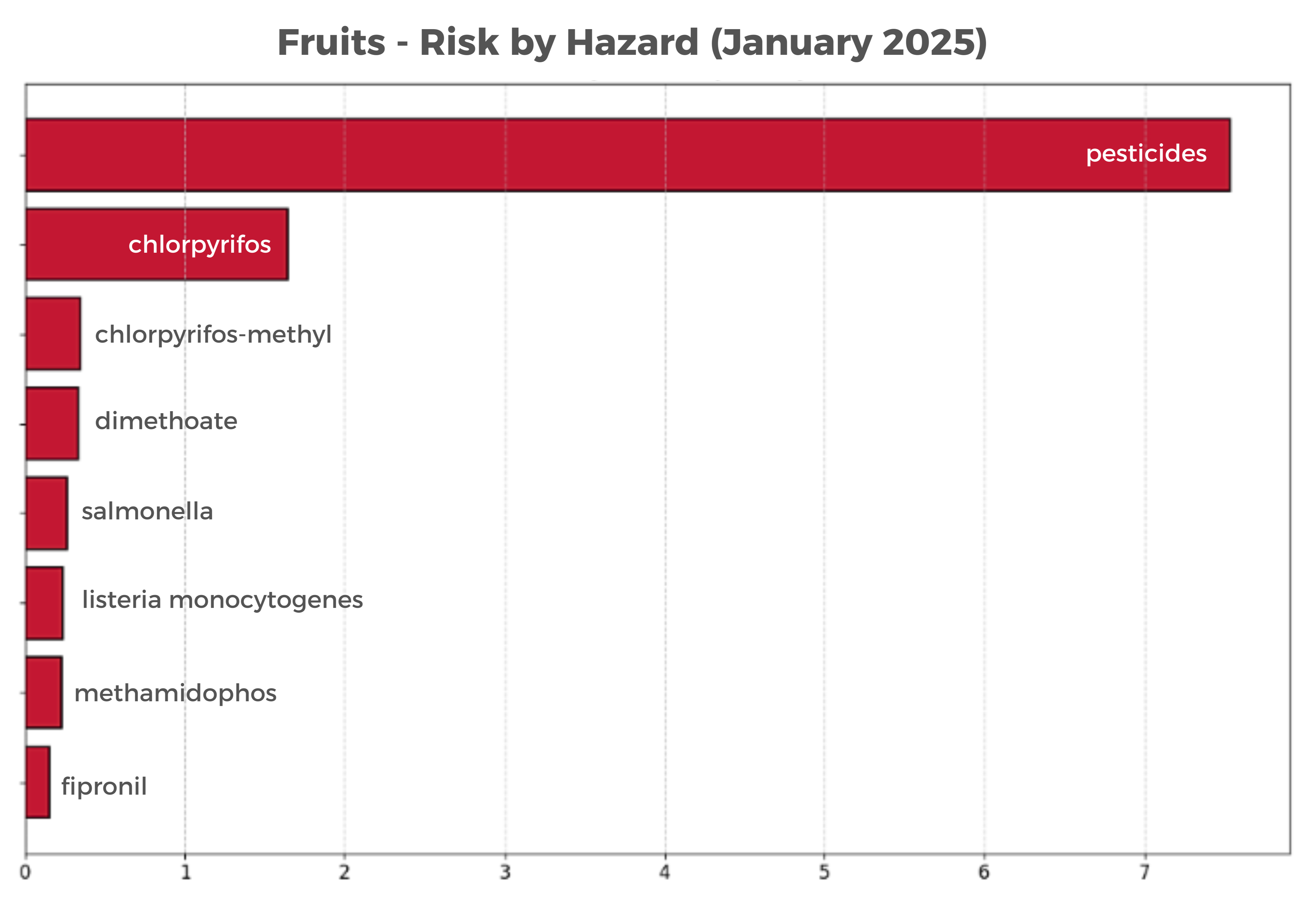
Key Observations:
- Pesticides – The Leading Hazard
The most significant contributor to the risk in fruits is the broad category of pesticides, which far surpasses all other hazards combined. Pesticides are widely used in agriculture to control pests, fungi, and diseases, but improper application or regulatory non-compliance can lead to residues that exceed permissible safety thresholds.
The detection of high pesticide levels indicates potential challenges in application practices, monitoring protocols, or supplier oversight. - Chlorpyrifos – A Concerning Culprit
Within the pesticide category, chlorpyrifos stands out as the most prominent specific pesticide risk. Chlorpyrifos, an organophosphate insecticide, has been associated with adverse health effects, particularly affecting neurological development in children. Despite regulatory restrictions in many regions, its presence in fruit samples suggests either non-compliant use or contamination through cross-border trade. - Other Notable Pesticide Hazards
Beyond chlorpyrifos, several other pesticide residues contribute to the risk in fruits, including:
Chlorpyrifos-methyl: A closely related compound, often used where chlorpyrifos is restricted.
Dimethoate and Methamidophos: Organophosphates that pose acute toxicity risks if consumed at elevated levels.
Fipronil: Though primarily associated with contamination in eggs, its detection in fruits suggests possible cross-contamination or improper pest control practices.
Microbiological Risks – A Secondary Concern
While the primary focus remains on pesticides, microbial contaminants like Salmonella and Listeria monocytogenes also appear in the data. These pathogens, though less prominent than pesticides, pose significant health risks, especially in fresh and minimally processed fruits where contamination can spread easily.
Analysis of Pesticide Incidents Driving the Risk in Fruits
The high-risk profile of the Fruits category in January 2025 can be attributed to a significant number of pesticide-related incidents reported across various countries and fruit types. The data presents a global pattern of contamination, with multiple unauthorized substances and excessive pesticide residue levels detected in both domestic and imported fruit products.
Key Trends and Findings: Global Distribution of Incidents
The incidents span across several continents, indicating that pesticide-related risks are not confined to specific regions:
- Asia: China, Japan, South Korea, Vietnam, and the Philippines reported pesticide contamination, predominantly in strawberries, bananas, and grapes.
- Europe: Italy, Spain, Turkey, and Belgium faced significant pesticide detections, particularly in oranges, pears, and apples.
- Africa: Egypt emerged as a notable contributor, with multiple reports of pesticide residues in strawberries and oranges.
- South America: Chile reported pesticide presence in strawberries and avocados, signaling concerns about export safety compliance.
Fruit Types Most Affected
- Strawberries appear as the most frequently contaminated fruit, with multiple pesticide detections reported across various countries, including China, Egypt, Japan, South Korea, and Chile.
- Oranges – With profenofos (Egypt), phosmet (Italy), and chlorpyrifos (Italy) detected.
- Grapes – Incidents in Italy and Turkey, with high acetamiprid levels.
- Bananas – Chlorpyrifos and imidacloprid detections in Vietnam, Ecuador, and the Philippines.
Prominent Hazardous Substances Detected
The pesticides identified range from commonly used agricultural chemicals to prohibited or restricted substances:
- Chlorpyrifos and Chlorpyrifos-methyl:
Detected in apples from Ukraine, bananas from Ecuador, and oranges from Italy.
Despite its ban in many countries due to neurodevelopmental risks, chlorpyrifos remains one of the most frequently detected pesticides. - Oxamyl:
Found in strawberries and oranges from Egypt and in strawberry desserts in France.
This pesticide is prohibited in many markets due to its acute toxicity, yet its presence indicates potential non-compliance with international safety standards. - Phosmet:
Detected in oranges from Italy, pears from Belgium, and pears from Turkey.
Classified as toxic to reproduction, phosmet continues to appear in fruit samples, raising concerns about supply chain integrity. - Imidacloprid and Acetamiprid:
Both neonicotinoids appeared in strawberries from Egypt, grapes from Italy and Turkey, and bananas from Vietnam.
Their persistence in fruit products aligns with their global use as insecticides but poses risks to pollinators and consumer health.
Patterns in Pesticide Misuse
The incidents reflect distinct patterns of pesticide misuse, including:
- Exceeding Permissible Limits:
For example, imazalil in Spanish oranges reached 8.5 mg/kg, far above regulatory limits. - Unauthorized Pesticide Use:
Profenofos in Egyptian oranges and oxamyl in Egyptian strawberries were found despite regulatory prohibitions. - Cross-Border Contamination:
The recurrence of similar pesticides across multiple countries suggests possible supply chain contamination or shared sourcing from high-risk suppliers.
Regional Insights
Egypt reported multiple pesticide incidents, particularly in strawberries and oranges, with unauthorized pesticides like oxamyl and imidacloprid detected.
Turkey showed a pattern of contamination in grapes and pears, including high acetamiprid and phosmet levels.
South Korea reported pesticide detections in both domestic and imported fruits, such as grapes and strawberries, highlighting challenges in enforcing import regulations.
Conclusion
The January 2025 Food Risk Index reaffirms the continuation of food safety challenges observed in recent months, with eggs retaining the top position due to persistent Salmonella contamination. The elevated risk in eggs, which has now surpassed historical averages for several consecutive months, underscores the urgent need for deeper investigation and targeted interventions.
However, the spotlight of this month’s analysis falls on the Fruits category, which has solidified its position as the second-highest risk category. The predominance of pesticide-related hazards in fruits has raised significant concerns about the widespread presence of unauthorized substances and excessive pesticide residues.
The global nature of these incidents highlights systemic vulnerabilities in international food supply chains, with repeated pesticide detections across Asia, Europe, Africa, and South America. Strawberries, oranges, grapes, and bananas have emerged as high-risk fruits, with pesticides like chlorpyrifos, oxamyl, and phosmet frequently detected.
The analysis of recent incidents suggests that non-compliance with pesticide regulations, cross-border contamination, and improper application practices are key drivers of the elevated risk. The repeated detection of chlorpyrifos, despite regulatory bans in many regions, is particularly alarming and signals potential gaps in enforcement and supplier monitoring.
Path Forward: Strengthening Food Safety Measures
To mitigate the risks observed in January 2025, the following strategic actions are recommended:
- Enhanced Monitoring and Testing:
Increase frequency and scope of pesticide residue testing, particularly for high-risk fruits like strawberries and oranges.
- Stricter Cross-Border Controls:
Collaborate with international regulatory bodies to establish harmonized standards and prevent pesticide contamination in imported produce. - Farmer Education and Training:
Provide training programs for farmers and suppliers on safe pesticide use and compliance with international food safety regulations. - Public Awareness and Transparency:
Inform consumers about potential pesticide risks and promote demand for certified, residue-free produce.
As the global food supply chain continues to evolve, maintaining vigilance and implementing proactive measures will be crucial to safeguarding consumer health. Agroknow remains committed to monitoring food safety trends and providing data-driven insights to empower stakeholders across the industry.
The January 2025 Food Risk Index serves as a critical reminder of the ongoing challenges in food safety and the need for concerted global action to protect public health and ensure the integrity of our food systems.
Sign up for FOODAKAI's freemium plan today and receive all incident alerts in one email.
About this Food Risk Report and EFRA
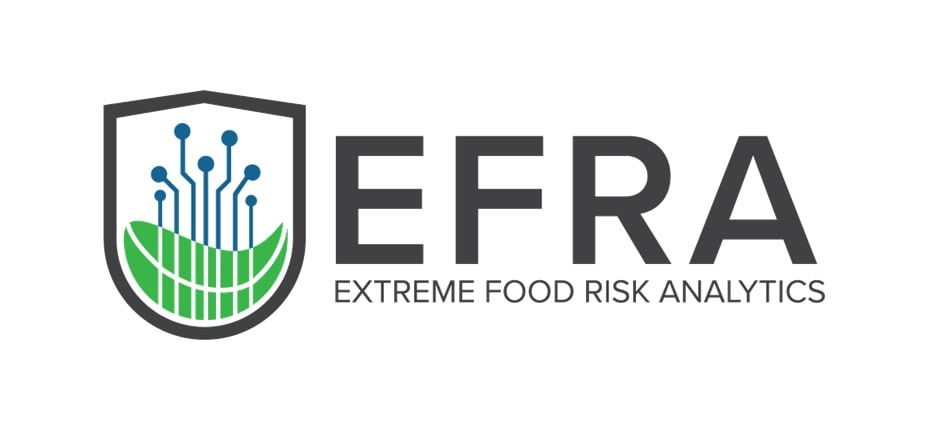
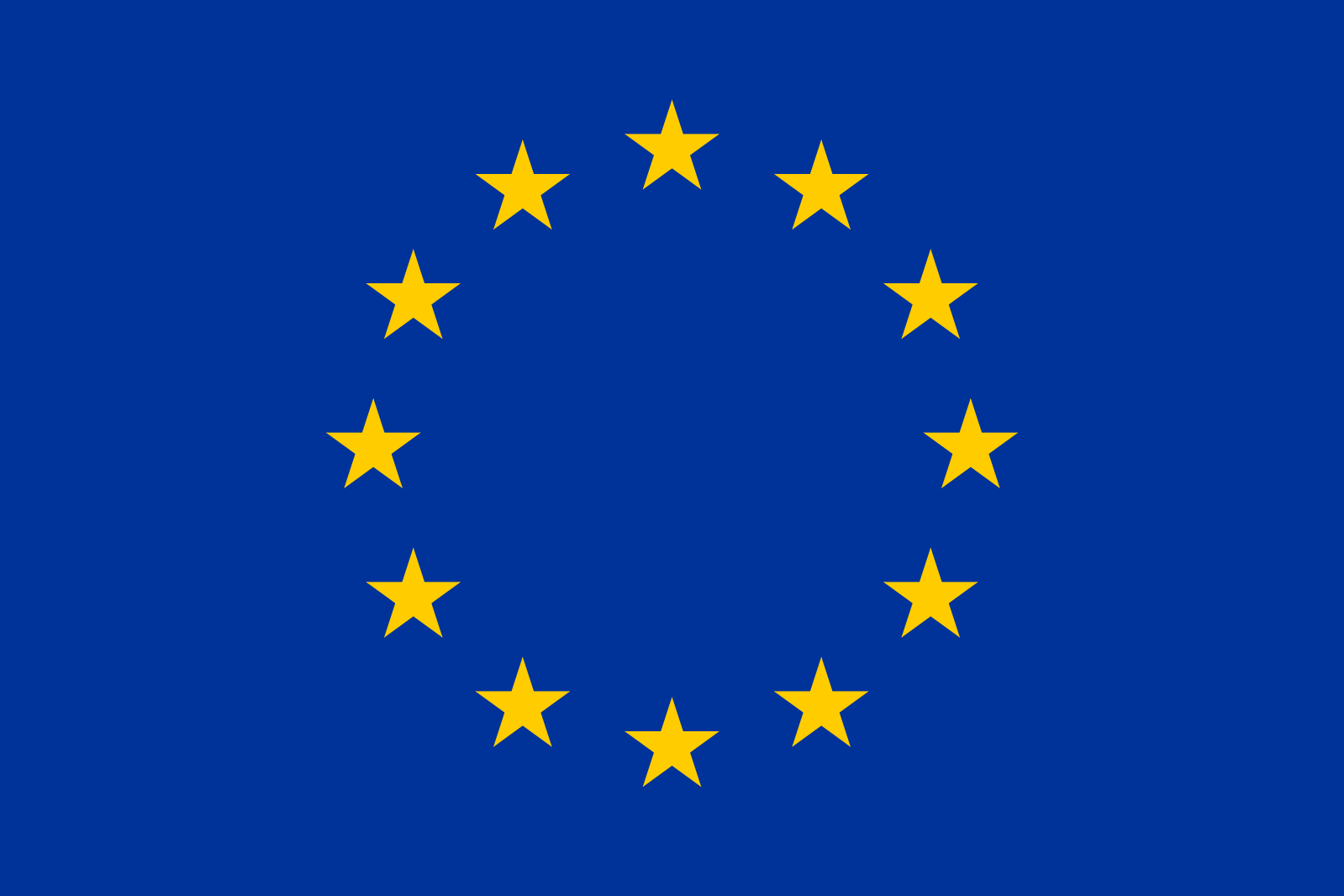
This Food Risk Report was prepared under the EFRA project, as a Sectoral Data Report. EFRA is a project that has received funding from the European Union’s Horizon Europe Research and Innovation Programme under Grant Agreement No 101093026 Project website: https://efraproject.eu/

